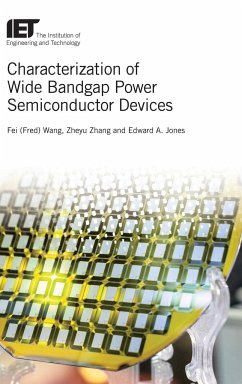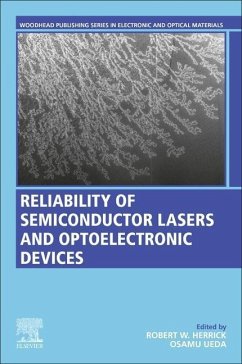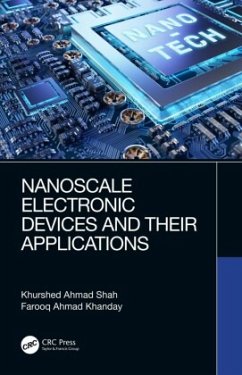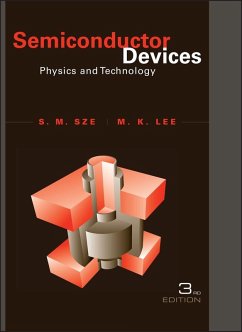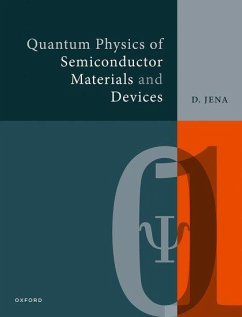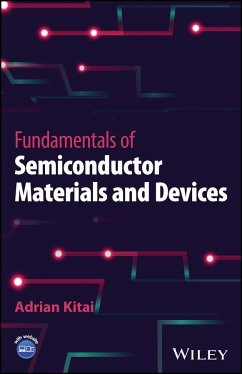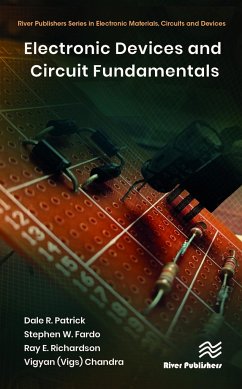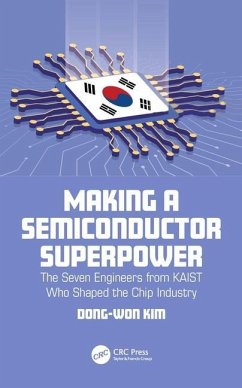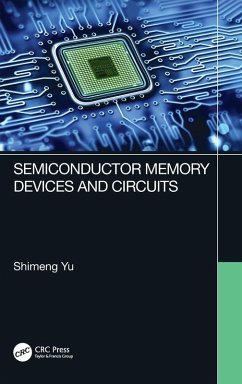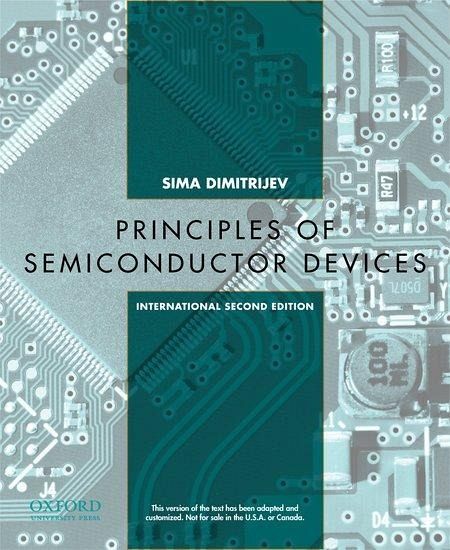
Principles of Semiconductor Devices
Versandkostenfrei!
Versandfertig in 1-2 Wochen
242,99 €
inkl. MwSt.

PAYBACK Punkte
121 °P sammeln!
For the international second edition, the author builds upon and expands on hallmark features of the book established in the first edition, adding sections on new technology and increasing the number of end-of-chapter problems by 30%. Updated material relating to the environmental applications of technology was added , as well as a new chapter on nanoscale devices. Chapters on MOS capacitor and generation and recombination were also revised and updated. The book is divided into 4 parts: Part I on Semiconductor Physics; Part II on the principles of operation and modeling of the fundamental junc...
For the international second edition, the author builds upon and expands on hallmark features of the book established in the first edition, adding sections on new technology and increasing the number of end-of-chapter problems by 30%. Updated material relating to the environmental applications of technology was added , as well as a new chapter on nanoscale devices. Chapters on MOS capacitor and generation and recombination were also revised and updated. The book is divided into 4 parts: Part I on Semiconductor Physics; Part II on the principles of operation and modeling of the fundamental junctions and transistors; Part III on the diode, MOSFET and BJT topics needed for circuit design, and Part IV on photonic devices, microwave FETs, negative-resistance diodes, and power devices. Within each part, material is presented hierarchically, with core topics first, followed by advanced topics.





